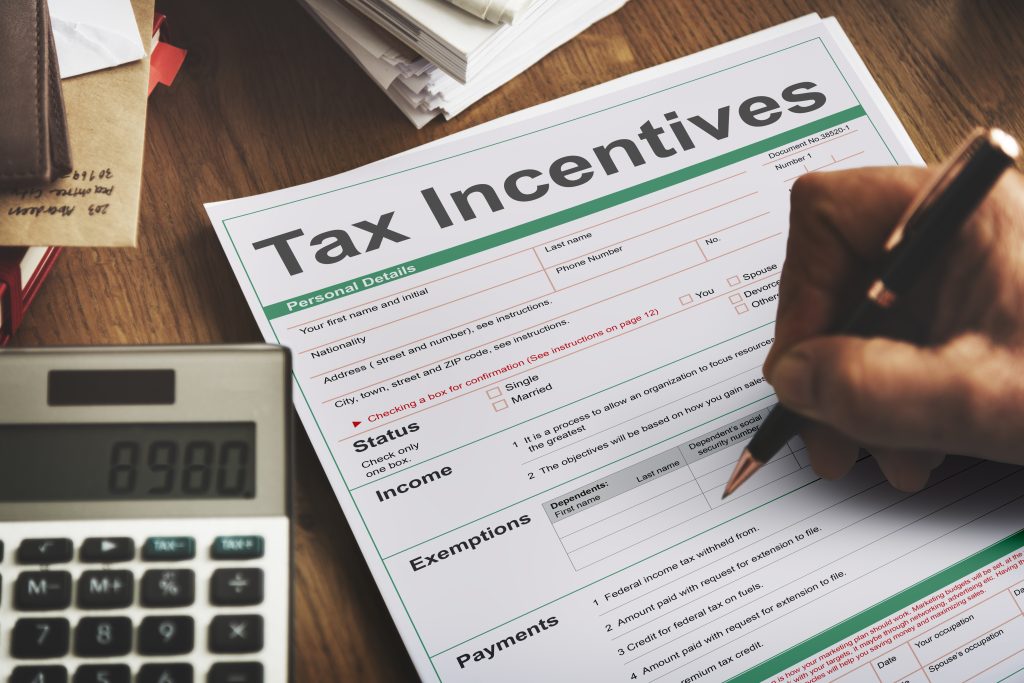In the dynamic landscape of innovation, companies engaging in (SR&ED) activities play a crucial role in advancing scientific knowledge and technological capabilities. However, beyond the intrinsic value of innovation, there lies a strategic opportunity for companies to leverage tax incentives or credits provided by governments to encourage such endeavors. Central to capitalizing on these incentives is the meticulous allocation of costs directly attributable to SR&ED activities.
- Direct Costs: The Foundation of Allocation
Direct costs form the cornerstone of cost allocation in SR&ED endeavors. These costs, readily identifiable and directly associated with SR&ED projects, encompass various components such as salaries and wages of employees engaged in research, exclusive materials and supplies utilized in the research process, and fees paid to subcontractors directly linked to SR&ED work.
- Indirect Costs: A Balancing Act
Indirect costs present a challenge in allocation due to their inherent nature of contributing to the broader research environment rather than being project-specific. Examples of indirect costs include overhead expenses like rent, utilities, equipment depreciation, and administrative salaries. Allocating these costs to SR&ED activities necessitates a rational and consistent methodology. Often, this involves calculating a proportion of indirect costs based on direct labor or project expenses incurred for SR&ED versus other activities.
- Capital Expenditures: A Long-Term Consideration
SR&ED initiatives often require significant capital investments in assets like laboratory equipment or specialized software. Allocating the costs of these assets to SR&ED projects involves assessing their usage for qualifying activities. This typically entails depreciating the assets over their useful life and assigning a portion of the depreciation expense to each SR&ED project.
- Documentation and Tracking: The Backbone of Compliance
Accurate allocation hinges upon meticulous documentation and tracking of costs associated with SR&ED activities. This includes maintaining detailed records of expenditures, comprehensive timesheets for employees involved in SR&ED projects, and transparent documentation of how indirect costs are apportioned.
- Compliance and Reporting: Meeting Regulatory Standards
Companies claiming tax incentives for SR&ED activities must adhere to specific reporting requirements mandated by tax authorities. This entails preparing comprehensive reports delineating the nature of research activities, incurred costs, and the methodology employed for cost allocation.
- Consultation with Tax Professionals: Navigating Complexity
Given the intricacies of tax regulations and the potential ramifications of misallocation, companies often seek guidance from tax professionals or SR&ED specialists. These experts offer invaluable insights into proper cost allocation, ensure compliance with tax regulations, and help maximize available incentives or credits.
In conclusion, the allocation of costs attributable to SR&ED activities demands meticulous attention to detail, adherence to regulatory standards, and strategic foresight. By implementing robust allocation methodologies, backed by diligent documentation and expert guidance, companies can optimize their tax benefits while furthering the frontiers of innovation.
